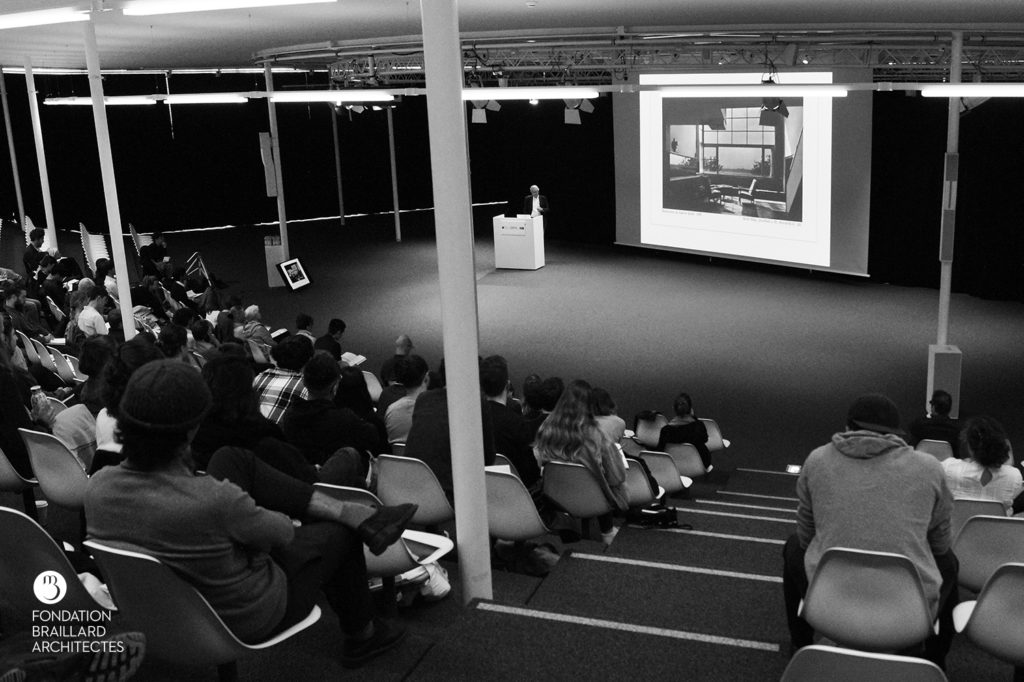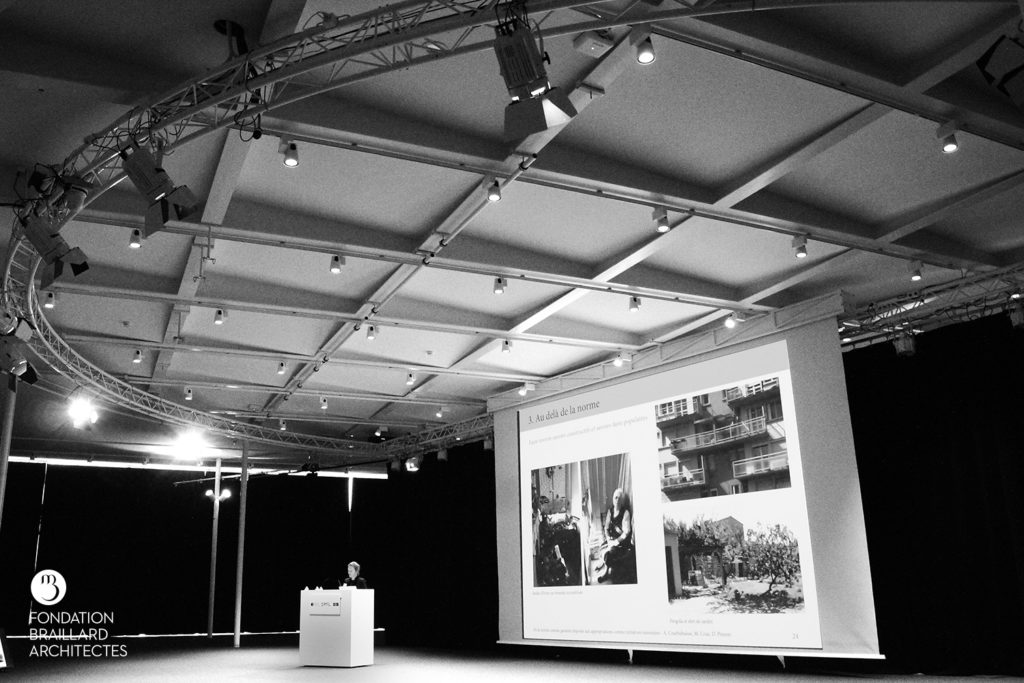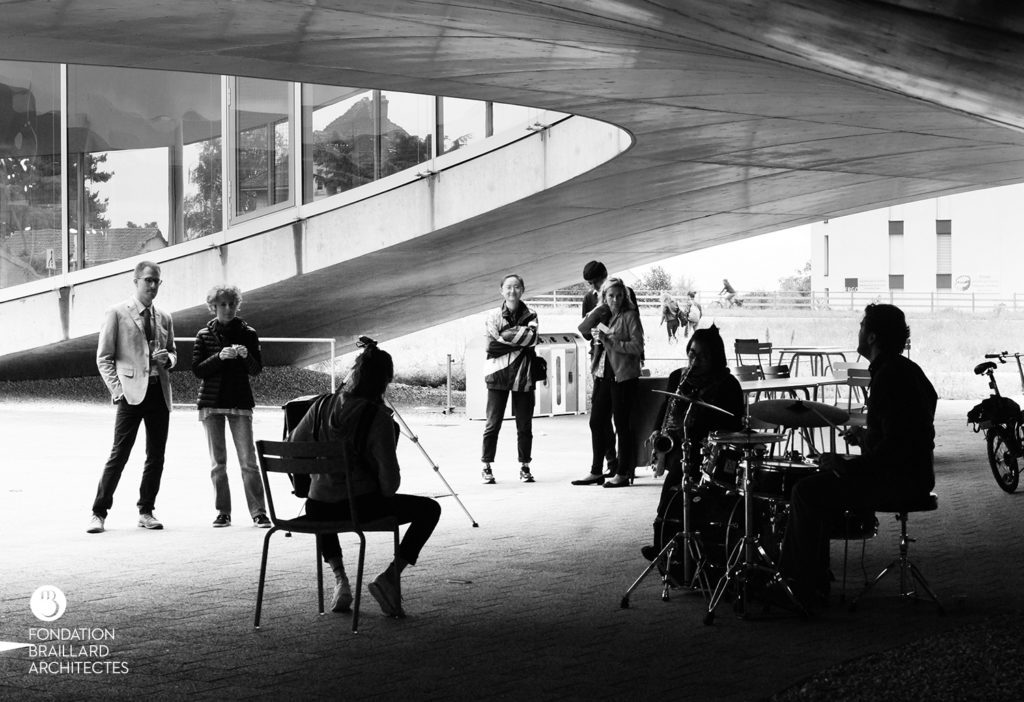Modern city and contemporary city: facing the transition
EXISTENZMINIMUM
90 years of the 2nd CIAM
24 September 2019
EPFL, Rolex Learning Center, Forum Rolex
Route cantonale, 1015 Écublens
- See the call for contributions
- See the programme of the day (to come)
The 5th Bernardo Secchi Study day is jointly organised by three entities: the Braillard Architects Foundation, Braillard Architects Foundation as part of its culture and research program Eco-Century Projet®, the Habitat Research Center of the Swiss Federal Institute of Technology Lausanne and the Albert Hirschman Center on Democracy at the Graduate Institute of International and Development Studies in Geneva. This day keeps up the momentum established during the critical commemoration of the La Sarraz Declaration (BSD 2018).
90 years after the second International Congress of Modern Architecture (CIAM, Frankfurt-on-Main, 1929), which set the Existenzminimum i.e. a minimum but dignified standard of living for urban populations, we find ourselves wondering about the necessary conditions for the livability of urban territories. Firstly, the recurring social demands remind us that no right is guaranteed without citizen vigilance; secondly, both specialists and civil society now broadly agree on the ceiling of resources to be consumed (called “Earth Overshoot Day”); and finally, the city and the local level constitute today the space from which it is possible to act to revitalize our democracies. Thus, the art of town planning – closely linked to the art of governance – is confirmed as the search for balance, a middle ground, an optimal spatial framework that could be qualified as Existenzoptimum, as English economist Kate Raworth demonstrated in her recent work (1).
(1) “Doughnut Economics: Seven Ways to Think Like a 21st-Century Economist”, Kate Raworth, Cornerstone Editions, 2018.
“Doughnut Economics: Seven Ways to Think Like a 21st-Century Economist”, Kate Raworth, Cornerstone Editions, 2018.








